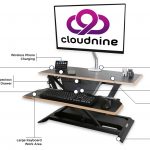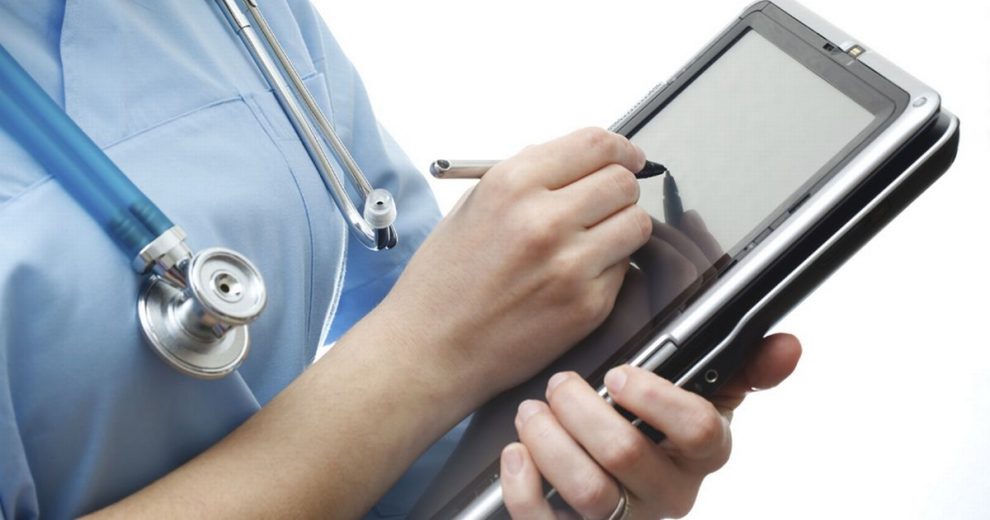Machine learning can be the difference between life and death. The technology, which enables computers to teach themselves, is about more than who has the world’s biggest artificial intelligence (AI) platform or how well a platform evaluates cookie recipes; it could be a tremendous boon for precision medicine, which tailors healthcare to the specifics of individual patients.
Using precision medicine for cancer treatment, for example, involves identifying characteristics that could help predict a specific treatment’s effectiveness for a specific patient, according to OncLive. Legacy methods might have based treatment on the cancer’s stage, which is a relatively limited indicator of success.
“Imagine if you could take results of all of the tests … and the results of the treatment that was done, and aggregate and anonymize all of that data, and apply machine learning to learn from that which treatments were the most effective,” Mike Flannagan, senior vice president of SAP Analytics, said at SAP Leonardo Live in Frankfurt. “Not only could you reduce the amount of the chemotherapy that was required for a patient, but you could also reduce the amount of patients who received an unnecessary dose – or who received a type of chemotherapy that didn’t work.”
Machine learning tames the human genome
“We have all the data … more data than we’ll ever be able to consume in our lifetime,” Flannagan said. “Where machine learning comes in is … to turn the processing, the understanding, the deriving of meaning from that data over to machines.”
One treasure trove is the patient’s genome, a massive DNA dataset within an individual’s 23 chromosome pairs. Advances in IT infrastructure have enabled physicians to treat – or change treatment – for thousands of patients based on their genome, according to Hospitals & Health Networks.
“Genomic sequencing is a … noninvasive tool that continues to provide useful information for years after it is performed,” Louanne Hudgins, M.D., president of the American College of Medical Genetics and Genomics, stated in H&HN. “Because of these advances, therapy and management of these diseases are much improved – [and] the idea that there is no treatment for genetic disorders is just not true anymore.”
Keeping an eye on the big picture
“Every drug is different when it interacts with every human body, so what works well for one person may not work well for another,” SAP’s Flannagan said. “It also has to do with what other medications they’re taking – so you can imagine trying, as a doctor or a pharmacist, to keep all of that information in your system.”
Myriad factors – a patient’s weight, age, blood pressure, preexisting conditions, etc. – make optimized real-time prescription terribly difficult, according to Flannagan. As a result, physicians tend to prescribe what has worked for other patients in the past, as opposed to treating the individual, as precision medicine would dictate.
This underscores the importance of pharmacists in precision medicine.
“Pharmacists provide value to clinical decisions for precision medicines because they understand and can manage patients’ entire drug profile,” Murray Aitken, executive director of the QuintilesIMS Institute, stated in The Pharmaceutical Journal. “Pharmacists are also point-of-care references for dosing and administration, and can advise on potential side effects.”
IoT keeping medication safe and secure
“Pharmacists must be prepared for some unique challenges associated with precision medicine – among these challenges is the safety of these medicines,” stated Aitken, who is also co-author of this year’s report Upholding the Clinical Promise of Precision Medicine. “Therapies included in our analysis showed that 41% were associated with black box warnings for serious adverse events that can require specialized monitoring by trained clinicians.”
Increasingly, personalized medicines intensify the need for a completely connected and transparent global healthcare supply chain, according to Supply Chain Digital last month. Internet of Things (IoT) sensors can monitor location, temperature, light exposure, humidity, barometric pressure, and shock, as well as security to guard against theft and counterfeiting.
Internet of Things (IoT) sensors can track personalized medication that requires special handling, monitoring a parcel’s location, temperature, light exposure, humidity, barometric pressure, and shock. They can also guard against theft and counterfeiting.
“While supply chain control and visibility is important for all industries, it’s absolutely vital for the healthcare industry … imagine if a shipment holding medicine that was personalized for the DNA of a cancer patient was spoiled or stolen,” Supply Chain Digital stated. “You can’t pull a substitute off the warehouse shelf and ship it overnight.”
Changing society one patient at a time
Machine learning has the potential to dramatically improve patient outcomes when we use technology to look for patterns that a single physician couldn’t possibly see, according to SAP’s Flannagan. That’s because precision medicine requires examination of the entire population of data – from all of the patients and all of the healthcare providers.
“That’s the kind of learning that has the ability to really change society, and change the health of a large number of patients across a large number of health conditions,” Flannagan said. “But only when you’re able to bring the power of machine learning to that data.”
















